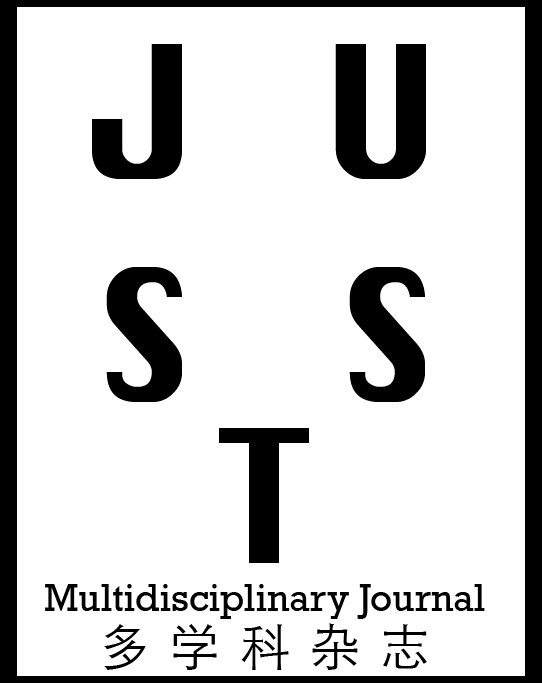Ayman Mashali
Structural Engineering Department, Faculty of Engineering, Mansoura University, Egypt.
Mohamed ELShikh
Structural Engineering Department, Faculty of Engineering, Mansoura University, Egypt.
Ibrahim Motawa
Structural Engineering Department, Faculty of Engineering, Mansoura University, Egypt.
BIM-based stakeholder information exchange (IE) in mega construction projects (MCPs)
Authors
Abstract
Purpose – The construction industry (CI) faces massive IM challenges between project stakeholders, especially during the COVID-19 pandemic. That raises the need to manage information as a principal strategic goal of the firms. This paper aims to develop a BIM-based stakeholder information exchange (IE) workflow during the initiation phase in mega construction projects (MCPs).
Design /methodology/approach – A research methodology consisting of literature review, case studies, and survey questionnaire was designed to achieve the aim mentioned earlier. Based on the above, the research developed a BIM-based IE workflow to facilitate IM implementation in MCPs.
Findings – This paper has provided extensive insight into the types of exchange, difficulties, and ways to hand over information. From that, it was concluded that there is not only one possible solution, but also different manners of managing this information. However, it needs to be planned from the beginning of the process, agreed upon between different parties, tested, and verified for it to be successful. Furthermore, responsibilities should be clearly defined. Research limitations/implications – The scope of this research is limited to the MCPs during the initiation phase.
Practical implications – Adopting the proposed IE workflow developed through this research will help implement BIM& IE synergy during the initiation phase in MCPs.
Originality/value – This paper contributes to understanding information flow during the project initiation phase and how to control it properly. The findings are of interest to stake holders involved in the project’s strategic view, where a global examination of all variables of the project is fundamental. Generally, the deliverables of this paper could be used by professionals involved in the BIM processes to enhance information control and the utilization of the produced information throughout the entire process.
